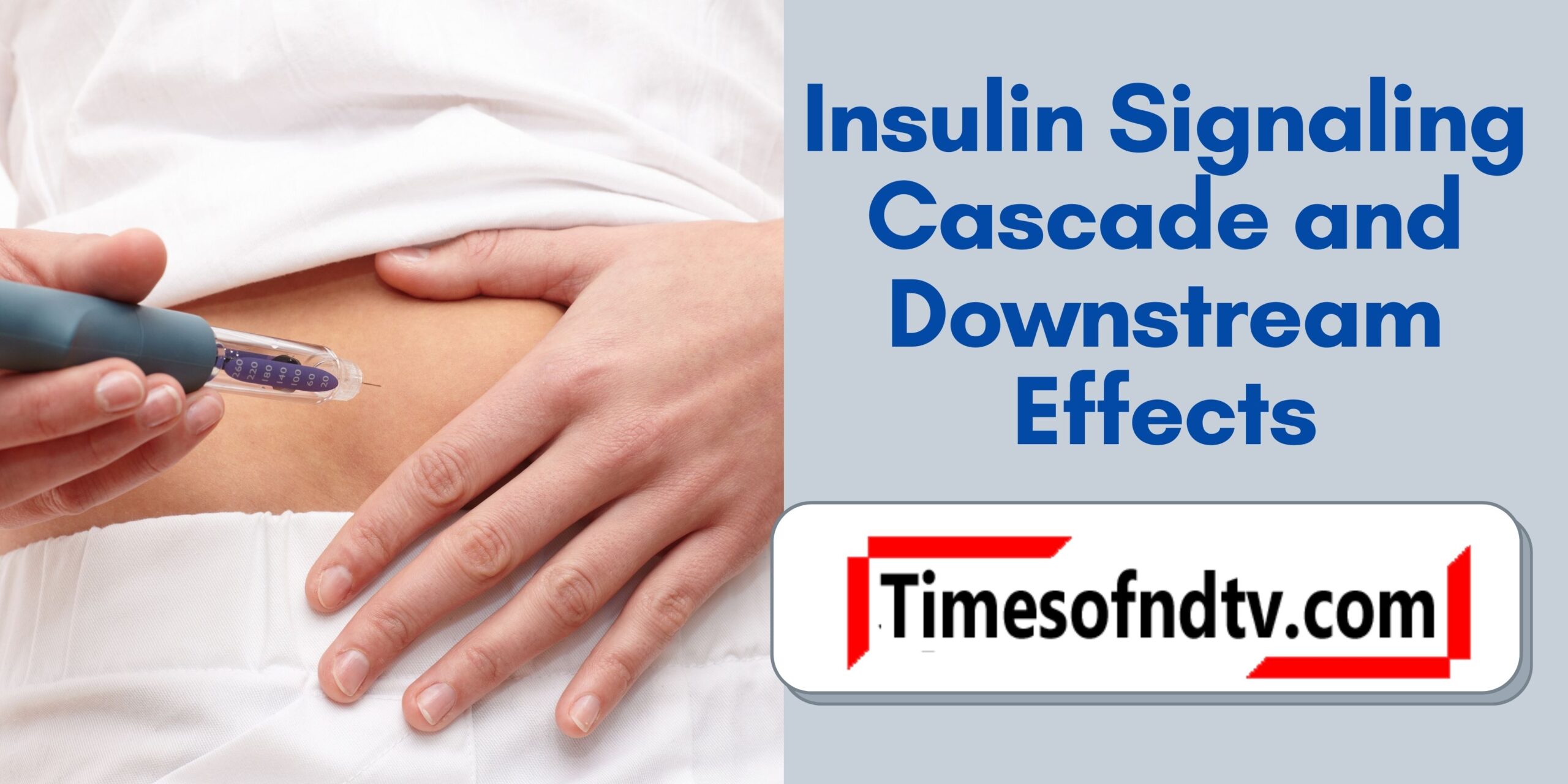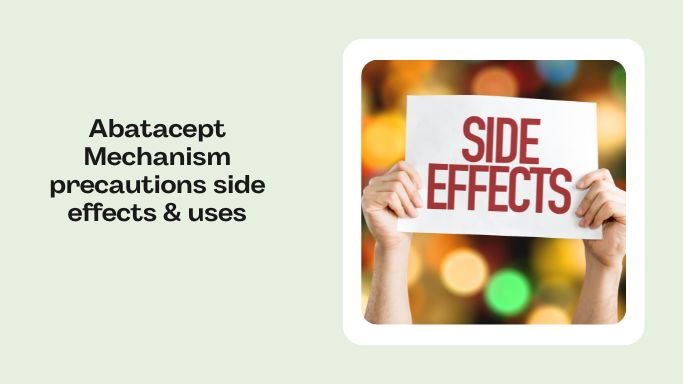Insulin Signaling Cascade and Downstream Effects Hey, guys, JJ here in this lesson, I’ll be talking to you guys about the insulin signaling cascade. Now, before I get into the signaling pathway itself, I just want to talk to you guys briefly about how and where insulin is actually coming from. So after you have a meal, your blood glucose levels will increase. Now, what will happen is the pancreas, which is an organ, is located adjacent to the duodenum, which is the first part of your small intestine. The pancreas will actually detect the increase in blood glucose levels.
Now, there are these Islands or groups of cells in the pancreas called the islets of Langer Hans. Now, the islets of Langer Hans are groups of cells which include Alpha cells that are located along the periphery of the island. And you have beta cells, which are located more near the center of the island. Now, what will happen is the beta cells will detect the increase in blood glucose and will release insulin to the bloodstream. Now, here is a typical cell, here’s your plasma membrane.
Insulin Signaling Cascade and Downstream Effects
Insulin Signaling Cascade and Downstream Effects And here is an insulin receptor. Now, an insulin receptor is just a heteroterameric structure. And what I mean by that is it’s composed of four subunits, two extracellular Alpha subunits, and two transmembrane beta subunits. Now, what will happen is the insulin will bind to the extracellular Alpha subunits. Now, the beta subunits themselves have kinase activity.
And what I mean by that is, once insulin binds to the Alpha subunits, the beta subunits become activated in auto, phosphorylate themselves on tyrosine residues. So once the beta subunits become phosphated, they become activated. And what will happen is the beta semiums will actually lead to the phosphorylation and activation of insulin receptor substrate, or IRS. There’s different isoforms of this protein, but IRS one and two are some of the main isoforms. Now, phosphorylation and activation of IRS isoforms is regulated by a protein known as P ten or phosphatease intensin homolog deleted from chromosome ten.
Read More: Heme Synthesis Pathway
Insulin Signaling Cascade and Downstream Effects That’s quite a large name. That really is not important. But just remember, guys, that P ten can actually regulate the phosphoration and activation of IRS isoforms by actually defhosphorylating IRS. Because P ten is actually protein tyrazine phosphatase, it’ll actually depositorylate IRS. Now, when IRS is phosphorlated and activated, you’ll get other proteins, including Pi three K or phosphatidolinosatol three kinase, which will actually bind to IRS through its P 85 subunit.
Insulin signaling pathway Khan Academy
Now, Pi three K will actually bind to IRS through an sh two domain. But that’s not really important for now. So once that happens, guys, once Pi three K binds to IRS, what will happen is Pi three K will actually phosphorylate two or phosphatylanostyl 45 bisphosphate to Pip three, which is phosphatidal triphosphate. Interestingly enough, P ten is also a negative regulator of Pip three. It actually defhosts Pip three as well.
So P ten is also our negative regulator, Pip three. Nevertheless, when Pi three K phosphorates enough, Pip two to Pip three, Pip three concentrations increase, which actually recruit other proteins toward the plasma membrane, including PDK one and AKT. Akt is also known as protein kinase B. So what will happen is increased concentrations of Pip three will actually recruit PDK one and AKT toward the plasma membrane and will actually activate PDK One. So PDK one will actually become activated.
And then we’ll actually phosphorylate act. Now, insulin sensitive cells typically have reservoirs of vesicles, intracellular vesicles, that contain glucose transporters embedded in the vesicle itself. So the cell has the glucose transporters embedded in vesicles in the cell, but they’re just not the glucose transporter or Glute four. This is insulin sensitive or insulin dependent glucose transport or Glute four. It has Glute four inside the cell, but it’s really useless because you need Glute four to be embedded in the actual plasma membrane so that you can bring glucose into the cell.
Insulin signaling pathway summary
So what typically happens is you need translocation to occur. You need your Glute for vesicles to translocate to the plasma membrane and embed those Glute four transporters in the membrane. However, there’s a protein known as as 160 that actually inhibits this process. So in a cell that’s not stimulated by insulin, you continuously have as 160 inhibiting glucose for vesicular translocation to the membrane. So you always have this process inhibited.
However, when you have insulin stimulation and you get to this point here where phosphorated and activated by PDK one, AKT will actually phosphorite and inactivate as 160. So AKT will actually inactivate as 160, which will then actually allow the translocation to occur. And then you’ll get the Glute four or glucose transporter four embedded into the cellular membrane. Once you have Glute four embedded in the membrane, you can allow glucose. Glucose can be transported inside of the cell, which means that glucose can undergo glycolysis.
Now, Akt’s inhibiting phosphorylation of as 160 is not the only thing that occurs within the cell. In actuality, AKT also phosphates a few other proteins. One of them is GSK three or glycogen synthase kinase three, and it will actually inhibit GSK three. Now, GSK three typically is a kinase which phosphorylates and inactivates GS or Glycogen synthase, which is a very important enzyme involved in glycogen synthesis. So if you can think about it, guys, if you have AKT inhibiting GSK three, which is a natural inhibitor of glycogen synthase, you’re inhibiting an inhibitor.
Insulin signaling pathway and diabetes
So that means GS is actually activated. So you’re actually activating glycogen synthesis as well. Soak is not only allowing glucose to enter the cell and undergo glycolysis, but it’s also activating glycogen synthesis so that you can store that glucose that’s brought into the cell. Now, another very important thing that act does is it actually activates mTOR complex one or mammalian target of Rapamycin complex one. Now, act doesn’t phosphorylate mTOR C one directly.
It actually acts through a couple of steps, including tubersclerosis complex and Reb proteins. Now, once mTOR C one is activated, it’ll actually activate its downstream target P 70s six kinase through phosphorylation. Now, P 70s six kinase will actually activate several downstream targets which aren’t really important in this scheme. However, what is important is that P 70s six K will actually negatively inhibit IRS protein by phosphorylating IRS on serene residues. So P 76K phosphorylation of IRS on Syrian residues represents a negative feedback inhibition of P 76K on insulin signaling and that’s just another way that insulin signaling is controlled by negative feedback inhibition.
Insulin signaling pathway diagram
So what happens when insulin is dislodged from the insulin receptor? Well, Glute four localization to the plasma membrane is entirely dependent on the presence of insulin and activation of the insulin receptor. So once insulin is dislodged and insulin receptor is no longer stimulated by insulin, Glute four will actually be taken back up into glute four containing vesicles for the next time the cells stimulated by insulin so it pretty much once insulin leaves glucose will no longer be transported into the cell because glute four will be stored again as glute four containing vesicles inside the cell.
Now, there are other proteins involved in this pathway that I didn’t mention but these are the main ones that you guys should know to have a good understanding of the insulin signaling cascade. Anyways guys that was the insulin signaling cascade.
FAQs
What does Insulin Signaling Cascade do?
What are some of the downstream effects of insulin signaling?
What are the downstream effects of insulin signaling?
What is the insulin signaling cascade?
What is the difference between insulin signaling and downstream effects?
What is a cascade chain?
What is the Insulin Signaling Cascade?
Conclusions
Insulin signaling cascade is an important process that plays a role in the regulation of blood sugar levels. In this article, we’ll take a look at the upstream effects of insulin and the downstream effects of its action on target tissues. We’ll also discuss how abnormal insulin signaling can lead to diabetes and other diseases, including obesity and cancer. Finally, we’ll provide you with tips on how to prevent or manage these diseases using lifestyle changes or medications.



